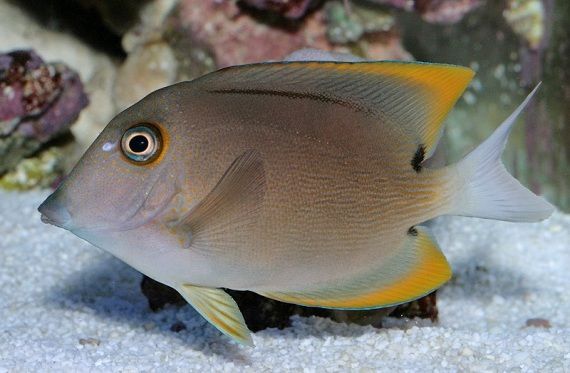
from: €55.00
 If you purchase this product you will earn 275-495 Points that you can spend on livestock in our local shop in Portlaoise.
If you purchase this product you will earn 275-495 Points that you can spend on livestock in our local shop in Portlaoise.


The common name “surgeonfish” is derived from a characteristic that clearly distinguishes Acanthuridae from other fish families: the spines or “scalpels” on the caudal peduncle, one or more on each side. Based primarily on differences in this characteristic, the family can be divided into three subfamilies: The Acanthurinae, in which the peduncular spine rests in a groove and can be erected in defence during the fights, the Nasinae and Prionurinae in which the peduncular feature is arranged as one or more fixed blades on each side, that are sharp and elongate with age.
if you can't find product, please use form below or contact with me

